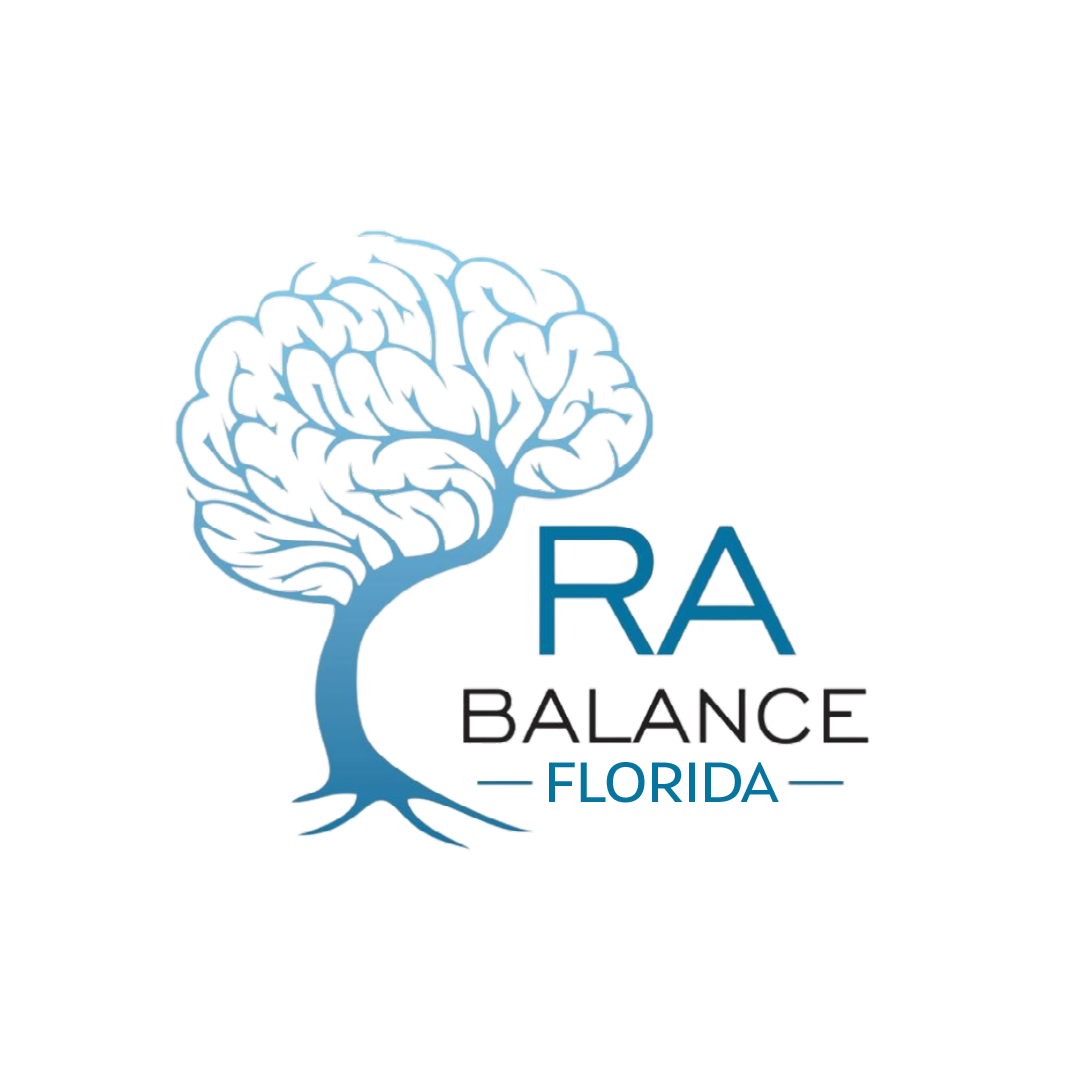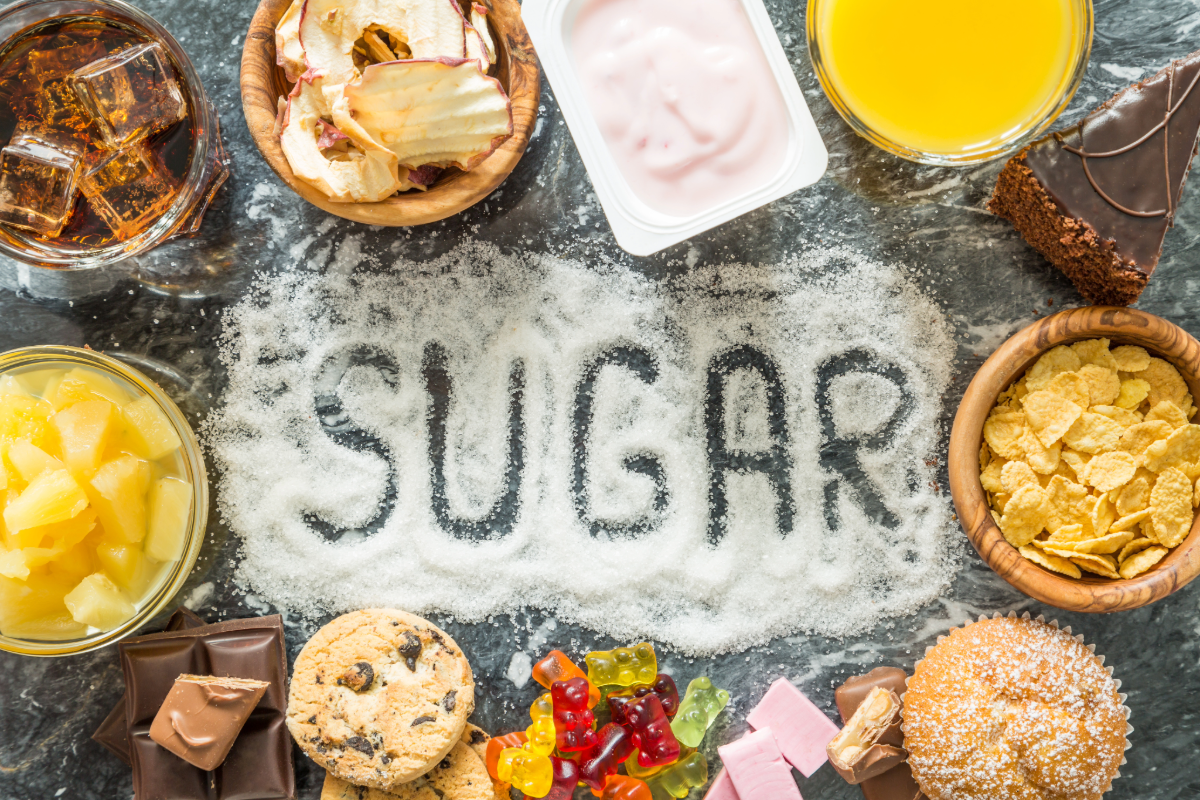Imagine this: You start your day with a sugary cereal, grab a soda at lunch, and indulge in a sweet treat after dinner. All this seems normal, right? But what if this seemingly harmless routine is wreaking havoc on your body? The truth is, the average American consumes a shocking amount of added sugar, exceeding recommended limits and contributing to a host of health problems. Children are especially vulnerable, often guzzling down gallons of sugary drinks a year.
This blog post prepared by the RA Balance Florida team explores the hidden dangers of sugar in the modern American diet and empowers you to make informed choices for a healthier you.
The U.S.’s Sugar Rush: A Cause for Concern
The United States grapples with a significant public health challenge: excessive sugar consumption. Alarmingly, the average American consumes a staggering 15 teaspoons of added sugar daily, exceeding the American Heart Association’s recommendation of 9 teaspoons for men and 6 teaspoons for women. This translates to a concerning 65 pounds of added sugar per person annually.
Just one 12-ounce can of soda throws this healthy limit out the window, packing a hefty punch of 8 teaspoons of added sugar. This issue is even more alarming for children, who average a shocking 20 teaspoons of added sugar daily. This often comes from sugary drinks – the average U.S. child guzzles down over 30 gallons a year, enough to fill a bathtub! The widespread availability and affordability of processed foods and sugary drinks, often heavily marketed toward children, fuels this concerning trend.
Not All Sugars Are Created Equal: Understanding the Difference
It’s important to distinguish between natural sugars and added sugars. Natural sugars are found in whole fruits and some vegetables. Fresh whole foods offer a beneficial package of fiber, vitamins, and minerals that help regulate sugar absorption and contribute to overall health. These natural sugars provide sustained energy without causing blood sugar spikes.
In contrast, added sugars are sugars and syrups incorporated into processed foods and drinks during manufacturing. This includes common culprits like:
- Sugary Drinks: Sodas, sports drinks, energy drinks, sweetened juices, and even some flavored coffees and teas are loaded with added sugars.
- Breakfast Cereals: Many popular breakfast cereals are marketed as healthy choices but can be surprisingly high in added sugar. Look for cereals with less than 5 grams of sugar per serving and opt for varieties with whole grains and fiber.
- Fast Food: Fast food meals are notorious for containing hidden sugars. From sugary condiments like ketchup and barbecue sauce to breaded and fried items, added sugars lurk in many fast food options.
- Baked Goods: Cookies, cakes, pastries, donuts, and muffins are often packed with added sugars. Even seemingly healthy granola bars can be sugar bombs.
- Condiments: Salad dressings, ketchup, marinades, and flavored yogurts can all harbor hidden added sugars.
These added sugars are rapidly absorbed by the body, causing blood sugar spikes and crashes. This disrupts energy levels, increases cravings, and can contribute to various health problems over time.
Remember: When reading food labels, be mindful of “added sugars” and not just total sugars. This will help you make informed choices about the sugar content in your food.
How Sugar Makes You Sick
Excessive sugar consumption has been linked to various health problems, including:
- Insulin Resistance: High sugar intake can lead to overworked insulin production and eventual resistance, a precursor to type 2 diabetes.
- Obesity: Added sugars contribute significantly to weight gain and obesity, a major risk factor for numerous health complications.
- Heart Disease: High sugar consumption is associated with increased risk factors for heart disease, including unhealthy cholesterol levels and high blood pressure.
- Fatty Liver Disease: Excessive sugar intake can overwhelm the liver’s ability to process it, leading to non-alcoholic fatty liver disease.
- Dental Problems: Sugary drinks and snacks create an ideal environment for tooth decay and cavities.
- Damaged Blood Cells: Excess sugar can impair the function of red blood cells, potentially leading to complications like neuropathy and vision problems.
- Chronic Inflammation: Sugar is a contributing factor to low-grade chronic inflammation, which is linked to various health issues, including autoimmune diseases, depression, and cognitive impairment.
- Disrupted pH Balance: Excessive sugar consumption can alter the body’s delicate pH balance towards acidity, potentially impacting immune function and increasing the risk of chronic diseases.
Related: pH Balance: The Foundation of Optimal Health
Breaking Free from Sugar: Tips for a Healthier Lifestyle
Kicking sugar to the curb can feel daunting, but the good news is, you can absolutely take control! By making small, sustainable changes, you’ll experience the amazing benefits of a healthier diet and invest in your long-term well-being. Here are some easy tips to get you started:
- Ditch Sugary Drinks: Opt for water, unsweetened tea, or sparkling water with fruit slices for a refreshing alternative.
- Embrace Fruits: Choose nature’s candy! Fruits are packed with vitamins, minerals, and fiber while offering a natural sweetness.
- Become a Label-Reading Pro: Pay attention to added sugar content on food labels and choose products lower in sugar.
- Cook More at Home: This gives you complete control over the ingredients and sugar content of your meals.
- Explore Natural Sweeteners: Consider options like agave nectar, which has a lower glycemic index than table sugar, but remember, moderation is key.
- Support Your Healing Journey with Biomagnetic Therapy: Biomagnetic therapy can be a valuable tool alongside lifestyle changes to address sugar cravings and can aid your body’s healing from the effects of excessive sugar consumption.
Optimize Your Healing Journey: Biomagnetic Therapy and Mindful Eating
Biomagnetic therapy offers a path to holistic wellness, but it goes beyond just magnets and energy. One key to unlocking its full potential lies in your diet.
Sugar reduction isn’t just a fad; it aligns perfectly with biomagnetic therapy’s core principle: achieving balance. Excessive sugar disrupts the body’s delicate pH balance, creating an acidic environment that can hinder healing. By minimizing sugar intake, you can shift towards a more alkaline state, where biomagnetic therapy can be more effective. Think of it as clearing the path for optimal healing and vitality.
But it’s not just about saying no to processed sugar. Nourishing your body with a variety of whole foods acts like a symphony for your well-being. Imagine vibrant fruits, vegetables, and whole grains, each contributing a note to your overall health.
Feeling overwhelmed by sugar cravings? Don’t despair! Your biomagnetic therapist or healthcare provider can guide you toward healthier alternatives. Even small changes, like swapping sugary drinks for water, can make a big difference. Remember, every step towards a healthier you matters!

